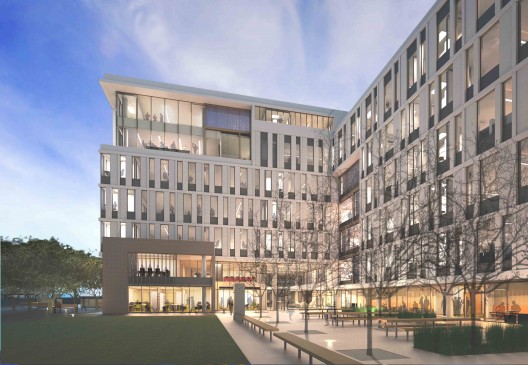
UCSF ACADEMIC BUILDING (47/58)
UCSF ACADEMIC BUILDING In San Francisco (47/58)

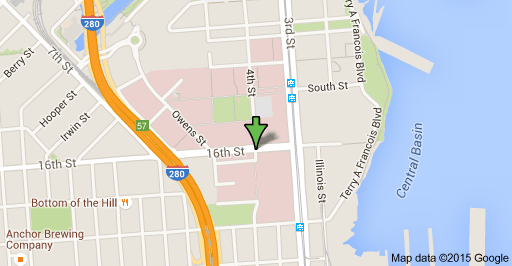
4TH STREET & 16TH STREET, SAN FRANCISCO, CA 94158
Construction on the latest UCSF Academic building is well underway and should be done by 2015.
UCSF Medical Center at Mission Bay is our newest state-of-the-art hospital complex that has been designed to ensure that our facilities match UCSF’s top-notch patient care. Our new hospitals were built with a focus on the patient’s experience every step of the way. Here at Mission Bay, you’ll find the latest technology, including telemedicine, robotics and intra-operative imaging, as well as space to accommodate tomorrow’s innovations. Built alongside UC San Francisco’s vibrant research hub, our new hospitals bring together leading physicians and scientists to accelerate the translation of laboratory discoveries into actual treatments and cures. All of this is housed in a structure that incorporates the highest standards of patient safety, energy efficiency, seismic readiness and environmental sustainability.
WRNS Studio and Rudolph and Sletten, Inc., recently won a design/build competition for a new faculty office building at UC San Francisco’s Mission Bay campus, which takes cues from the workplaces of high-tech companies. When completed, the 7-story academic office building will house UCSF physicians, faculty, and students in an interdisciplinary, flexible, light-filled environment. Drawing on the principles of the activity-based workplace, the design gives each occupant a “home base” workstation, but also a variety of other spaces for specific work and social activities, ranging from huddle rooms and breakout areas to conference rooms. More images and architects’ description after the break.
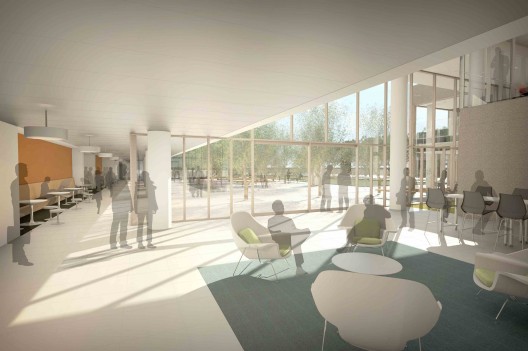
Our planning incorporates activity-based workplace design, which anticipates the many different types of activities in which occupants will engage during a typical day. The spaces for specific work and social activities, including focus rooms, huddle rooms, a wide variety of break-out areas, and conference rooms, are organized into comfortably scaled work neighborhood. Theses spaces can shrink or grow depending on specific departmental needs over time. Workstation clusters are placed to give each workspace access to daylight and views. A cluster of “hotel” workstations off each floor’s elevator lobby meets the needs of casual, drop-in visitors and longer-term visitors; other hotel workstations are embedded within work groups for longer stays. Two-story atriums serve as “town centers,” encouraging interaction by bringing together coffee service, restrooms, conference rooms, huddle rooms, and breakout spaces.
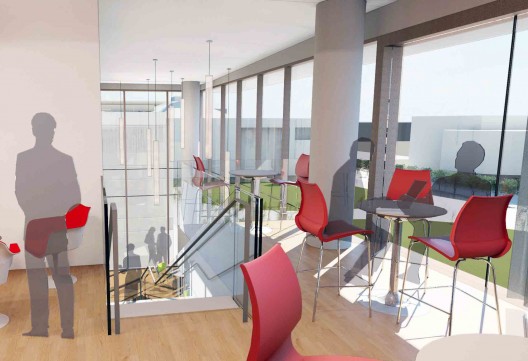
As our client wanted a building that can be easily and economically adapted over time, we used a modular planning approach and raised floor, which will allow for changes in technology and mechanical and electrical systems. The ground floor contains classrooms and a learning center. Large classrooms are located along a pre-function space/concourse that includes amenities such as lounge seating, laptop counters, and stools. At either end of this pre-function space are views to the garden courtyard to the south and a planned courtyard to the north.
The massing and basic organization of the building are consistent with the campus design guidelines, calling for simple volumes; consistent building heights; and a base, body, and parapet tripartite organization. Within this organization, a “mesh” is graphically evident in the facades and internal organization of the building. The building skin comprises GFRC units, vision glass, and metal spandrel panels on a panelized unit. The variability in the mesh is based on orientation and is realized by changing the amount of solid GFRC and vision glass within the panel. The color of the GFRC is sympathetic to the surrounding buildings on both the research and clinical side of the campus and offers a level of intricacy that allows the building to be enjoyed on multiple scales.
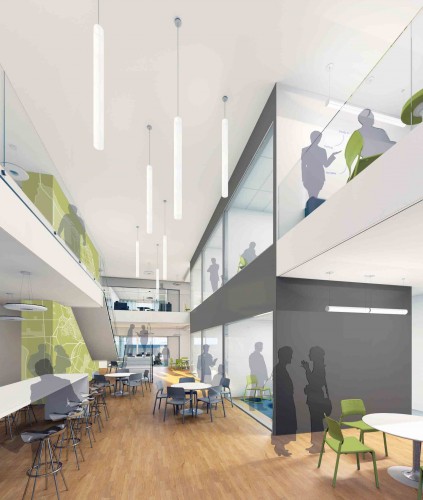
Likewise, we envisioned the site as a porous gateway, with many points of connectivity between the research and clinical areas of the campus and a strong inside/outside relationship in all spaces. The ground plane of the building is organized around six primary spatial environments: arcade, breezeway, classroom concourse, garden courtyard, courtyard walk, and garden pavilion.
Our literal and metaphorical mesh of enriching and supportive spaces is intended to delight users, to enrich the campus context, and to stand the test of time.
